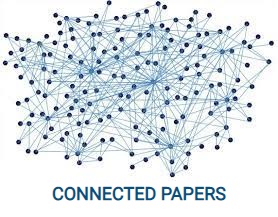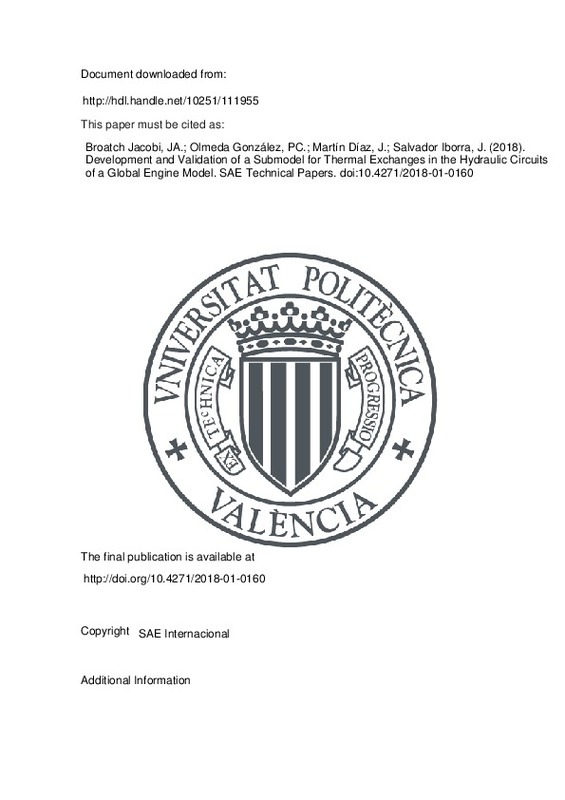JavaScript is disabled for your browser. Some features of this site may not work without it.
Buscar en RiuNet
Listar
Mi cuenta
Estadísticas
Ayuda RiuNet
Admin. UPV
Development and Validation of a Submodel for Thermal Exchanges in the Hydraulic Circuits of a Global Engine Model
Mostrar el registro completo del ítem
Broatch, A.; Olmeda, P.; Martín, J.; Salvador-Iborra, J. (2018). Development and Validation of a Submodel for Thermal Exchanges in the Hydraulic Circuits of a Global Engine Model. SAE Technical Papers. https://doi.org/10.4271/2018-01-0160
Por favor, use este identificador para citar o enlazar este ítem: http://hdl.handle.net/10251/111955
Ficheros en el ítem
Metadatos del ítem
| Título: | Development and Validation of a Submodel for Thermal Exchanges in the Hydraulic Circuits of a Global Engine Model | |
| Autor: | ||
| Entidad UPV: |
|
|
| Fecha difusión: |
|
|
| Resumen: |
[EN] To face the current challenges of the automotive industry, there is a need for computational models capable to simulate the engine behavior under low-temperature and low-pressure conditions. Internal combustion engines ...[+]
|
|
| Derechos de uso: | Reserva de todos los derechos | |
| Fuente: |
|
|
| DOI: |
|
|
| Editorial: |
|
|
| Versión del editor: | http://doi.org/10.4271/2018-01-0160 | |
| Título del congreso: |
|
|
| Lugar del congreso: |
|
|
| Fecha congreso: |
|
|
| Código del Proyecto: |
|
|
| Agradecimientos: |
This research has been partially funded by the European Union’s Horizon 2020 Framework Programme for research, technological development and demonstration under grant agreement 723976 (“DiePeR”) and by the Spanish government ...[+]
|
|
| Tipo: |
|







![[Cerrado]](/themes/UPV/images/candado.png)


